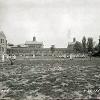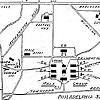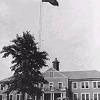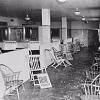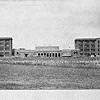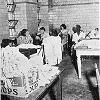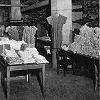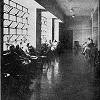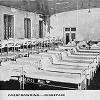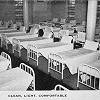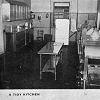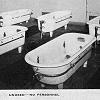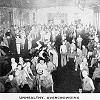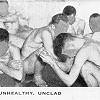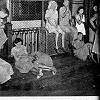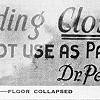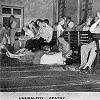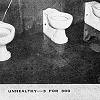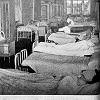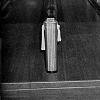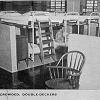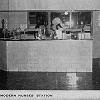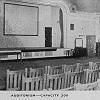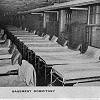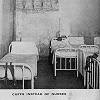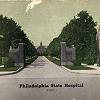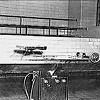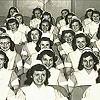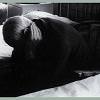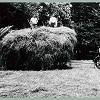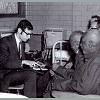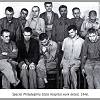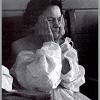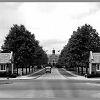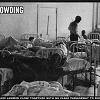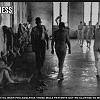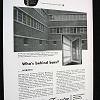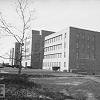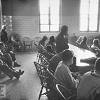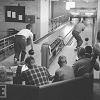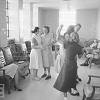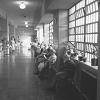Sunlight |
|
A PHP Error was encountered
Severity: Notice
Message: Only variables should be passed by reference
Filename: pages/site.php
Line Number: 13

- Also Known As:Byberry City Farms, Byberry State Hospital, PSH, The Philadelphia Hospital for Mental Diseases
- Genre:Psychiatric Hospital
- Comments: 3,485
- Built:1906
- Opened:1907
- Age:119 years
- Closed:1990
- Demo / Renovated:2006
- Decaying for:16 years
- Last Known Status:Demolished

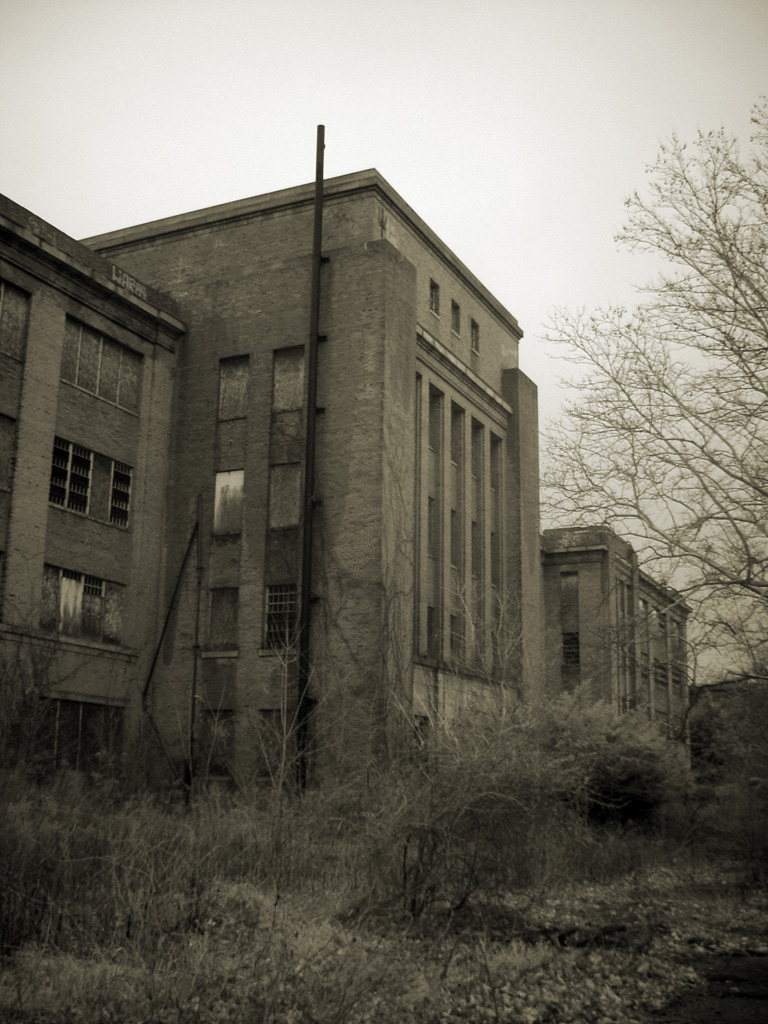
Photo © 2004 Tom Kirsch, opacity.us
Philadelphia State Hospital (Byberry) History
This large complex has its humble beginnings as a small work farm for the mentally challenged in a section of Philadelphia called Byberry, in 1906. Construction for a large asylum complex was in progress from 1910 to the mid-1920s, which included several dormitories, an infirmary, kitchens, laundry, administration, and two coal power plants. Many buildings were built with scrap and other materials because of the World War I shortage, which resulted in quick deterioration of many of the structures in the complex.
The Philadelphia Hospital for Mental Diseases opened its doors to its first patient in 1907. Its population quickly grew, but with this also came tales of abuse and neglect. With insufficient funds, the asylum had quickly fallen into disrepair, and patients wound up sleeping in hallways, and raw sewage was found on the bathroom floors during an inspection of the facility.
In 1936, the institution was finally signed over to the state, although it did nothing to alleviate the problems in the facility until the early 1940s. This is when the new owners of the institution sought to change the old Byberry into the new "Philadelphia State Hospital," and the facility underwent an enormous expansion at the rate of one building each year until 1953.
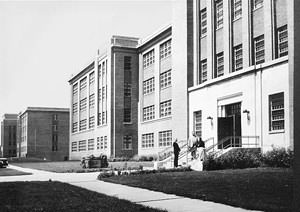
Governor Edward Martin inspecting Byberry, August 24, 1946
During World War II, some 3,000 conscientious objectors who refused to fight because of their religious beliefs were sent to work at state mental hospitals across the country. These people were one of the very few to witness the inside workings of the hospitals other than doctors and staff, and the conditions behind the closed doors shocked and appalled many. Charlie Lord, a Quaker assigned to Byberry, sought to improve the quality of life for the patients by following a strict rule of humane treatment, as did others like Warren Sawyer, who wrote detailed letters home about the conditions inside and his personal struggles working in such a place. Mr. Lord managed to sneak a small Agfa camera in his jacket pocket and take candid photographs of the horrid conditions behind the closed doors in hopes to "blow the lid off" the situation at Byberry and in other state hospitals. Lord's photographs were shown to Elanor Roosevelt in September 1945; she doubted their authenticity from such a cosmopolitan city as Philadelphia. Once she learned the truth, the advocated a reform campaign and wrote to health officials and journalists. In May 1946, they were published in a Life magazine entitled "Bedlam 1946," and created a mass uproar across the nation. Similar articles followed such as the Times' "Herded Like Cattle" (1948), and Albert Deutch's 1948 publication "Shame of the States," which detailed the conditions of many state hospitals in the country, including Byberry.
NPR's A Mental Ward Exposed exhibits Lord's photographs with an audio transcript. A Peaceful War On Mental Institutions also contains more history and some of Sawyer's descriptive letters.
By the 1960s, Philadelphia State Hospital consisted of over 50 buildings, 7,000 patients and 800 staff members, along with a deep financial annual cost. In the 1970s, the large staff buildings began to empty out as the workers would much rather commute than live on the grounds. De-institutionalization soon took its hold on this hospital, and most of it was evacuated throughout the 1980s. Horrid living conditions were publicized after a thorough investigation once again, including inadequate treatment, mismanagement, and patient abuse such as sexual exploitation and starvation. The hospital was ordered to close, and it's last patients left in June of 1990.
Shortly after closing, Byberry was stripped from top to bottom, by looters and salvagers looking for free copper that could fetch a good price elsewhere. It was slated for demolition in 1991, but deconstruction was halted when large amounts of asbestos were found inside. At an estimated $16 million asbestos removal price tag (without demolition), the buildings have been left to rot away since. With lax private security patrolling acres and acres of land, and a multitude of horror stories surrounding this place, Byberry became a popular hangout for many people. Almost everything that could be broken is smashed to bits, anything flammable is now ashes, and graffiti is painted over so many miles of yellow tile that it doesn't resemble much of a hospital anymore. Luckily, this fireproof tile prevents most of the fires from spreading out of control and razing the entire complex to the ground. Guys wandering around with chainsaws, kids shooting flare guns at security from the roofs, massive BBQs, and parties featuring DJs are just a few of the crazy stories you'll hear from "The 'Berry".
Much of the history here was based on information posted on Goddog's site and used with his permission : http://theduke81.tripod.com/
2006 Update: About all of the abandoned buildings on the property have been demolished for a housing development.

